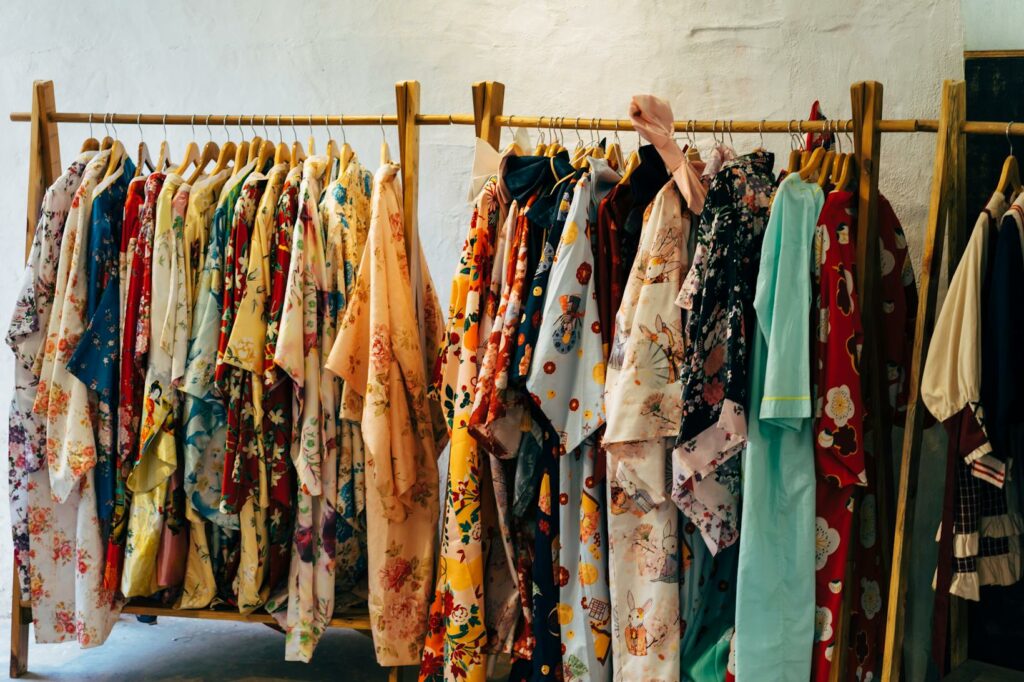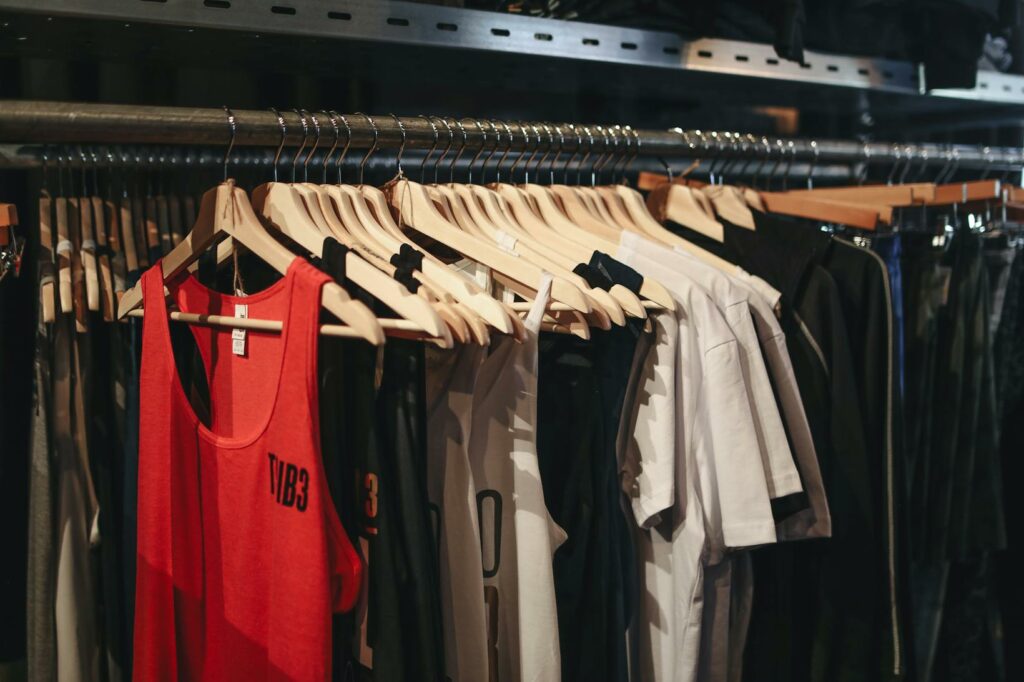In today’s fast-paced world, the fashion industry stands at a crossroads between fast fashion and sustainable fashion. The clash between these two approaches has sparked debates on environmental impact, ethical practices, and consumer behavior. Fast fashion, known for its quick turnover of trendy, inexpensive clothing, often raises concerns about its contribution to waste and exploitation of labor. On the other hand, sustainable fashion advocates for eco-friendly materials, fair trade practices, and durability, aiming to reduce the industry’s carbon footprint.
 Understanding Fast Fashion
Understanding Fast Fashion
Fast fashion refers to inexpensive clothing collections that mimic current fashion trends, produced rapidly by mass-market retailers to ensure that the latest styles are available at a lower price point.
This model allows for quick turnovers of new designs, often resulting in a high volume of clothing produced to meet consumer demand promptly.
Definition and Rise
Fast fashion has gained significant popularity over the past few decades, with brands churning out new styles at an unprecedented pace. This approach has revolutionized the fashion industry, offering consumers affordable and trendy garments that align with the latest runway looks. The rise of fast fashion is fueled by consumer desire for instant gratification and the constant need for newness in their wardrobes.
Impacts on Environment and Economy
The fast fashion industry’s rapid production cycle has severe consequences for the environment and economy. The reliance on cheap, synthetic materials and expedited manufacturing processes leads to high levels of carbon emissions, water pollution, and textile waste. Additionally, the emphasis on low-cost labor in developing countries raises ethical concerns regarding fair wages and working conditions. From an economic standpoint, the fast fashion model promotes overconsumption and disposable fashion, contributing to a culture of wastefulness and exploitation of resources.
Exploring Sustainable Fashion
Sustainable fashion focuses on designing, producing, and consuming clothing in ways that benefit the environment, society, and future generations. It aims to minimize environmental impact, promote ethical manufacturing practices, and support social responsibility throughout the fashion supply chain.
What is Sustainable Fashion?
Sustainable fashion considers the entire lifecycle of clothing, from design and sourcing of materials to manufacturing, distribution, and disposal. It emphasizes using eco-friendly materials like organic cotton, bamboo, or recycled fibers, reducing waste through efficient production processes, and ensuring fair wages and safe working conditions for garment workers. By embracing sustainable practices, fashion brands strive to minimize their carbon footprint, conserve resources, and contribute positively to communities and ecosystems.
Benefits for Environment and Society
 The adoption of sustainable fashion practices offers numerous benefits for the environment and society. By reducing reliance on harmful chemicals, optimizing resource use, and promoting recycling, sustainable fashion helps mitigate pollution, water contamination, and deforestation associated with traditional garment production.
The adoption of sustainable fashion practices offers numerous benefits for the environment and society. By reducing reliance on harmful chemicals, optimizing resource use, and promoting recycling, sustainable fashion helps mitigate pollution, water contamination, and deforestation associated with traditional garment production.
Moreover, ethically produced clothing supports social welfare by enhancing worker conditions, fostering local economies, and upholding human rights standards. Consumers embracing sustainable fashion contribute to a more sustainable future, promoting conscious consumption habits and encouraging industry-wide shifts towards eco-friendlier practices.
Fast Fashion Vs Sustainable Fashion
When comparing fast fashion with sustainable fashion, several key aspects come into play that differentiate the two approaches.
Quality and Cost
Fast fashion typically prioritizes quantity over quality, often resulting in cheaper materials and construction to keep costs low. This approach can lead to garments that wear out quickly, contributing to excessive waste. On the other hand, sustainable fashion focuses on durability and craftsmanship, using higher-quality materials and production methods. While sustainable fashion items may have a higher upfront cost, they tend to last longer, providing better value in the long run.
Consumer Awareness and Behavior
 In the realm of consumer awareness and behavior, fast fashion has traditionally thrived on impulse buying and short-lived trends. This consumer behavior fuels a cycle of constant purchasing to keep up with the latest styles, driving overproduction and waste. Sustainable fashion, however, aims to educate consumers about the true cost of their clothing choices.
In the realm of consumer awareness and behavior, fast fashion has traditionally thrived on impulse buying and short-lived trends. This consumer behavior fuels a cycle of constant purchasing to keep up with the latest styles, driving overproduction and waste. Sustainable fashion, however, aims to educate consumers about the true cost of their clothing choices.
By promoting conscious buying habits and encouraging a shift towards timeless and versatile pieces, sustainable fashion advocates for longevity and mindful consumption.
In the ongoing debate between fast fashion and sustainable fashion, it’s evident that consumer awareness and preferences are shifting towards eco-friendly practices. Moving forward, the integration of sustainable principles into fashion trends will play a crucial role in shaping a more environmentally friendly and socially responsible industry.



